island hood for 15 by 20 indoor grill
willafields
10 years ago
Related Stories
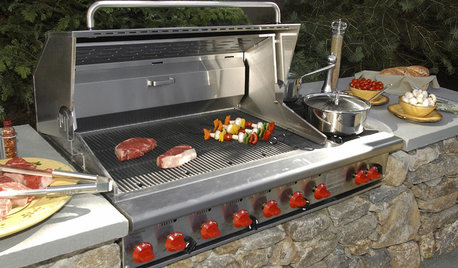
GREAT HOME PROJECTSHow to Get a Built-In Outdoor Grill
Put fresh-air grilling on the menu with a built-in setup that suits your patio or yard
Full Story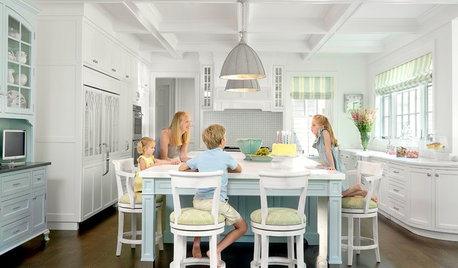
LIGHTINGSource List: 20 Pendants That Illuminate the Kitchen Island
See the ceiling lighting fixtures that are popular on Houzz and find out where to get them
Full Story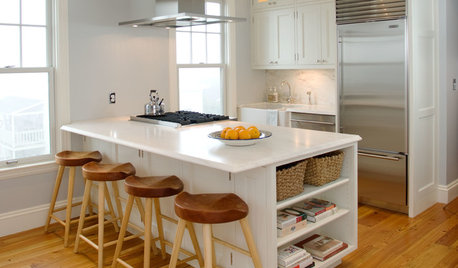
KITCHEN DESIGN20 Kitchen Must-Haves From Houzz Readers
We asked you to tell us your top kitchen amenities. See what popular kitchen features made the list
Full Story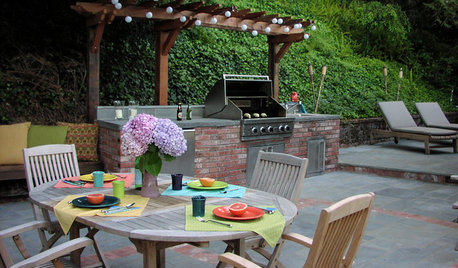
MOST POPULAR8 Ways to Improve Your Grill Setup
Rethinking the old grilling station? Here’s how to pack more function and style into your backyard cooking zone
Full Story
LIFEYou Showed Us: 20 Nutty Home Fixes
We made the call for your Band-Aid solutions around the house, and you delivered. Here's how you are making what's broken work again
Full Story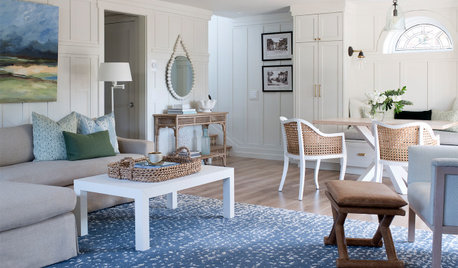
HOUSEKEEPING20 Things You Might Be Forgetting to Spring-Clean
Clean these often-neglected areas and your house will look and feel better
Full Story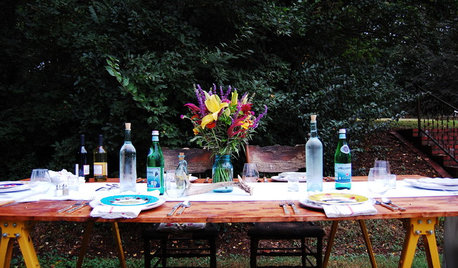
MOST POPULAR20 Ideas for Easygoing Summer Parties
Ditch the fancy and fussy in favor of laid-back entertaining that leaves you more time to enjoy the fun
Full Story
KITCHEN DESIGNHow to Choose the Right Hood Fan for Your Kitchen
Keep your kitchen clean and your home's air fresh by understanding all the options for ventilating via a hood fan
Full Story
MOVINGHome-Buying Checklist: 20 Things to Consider Beyond the Inspection
Quality of life is just as important as construction quality. Learn what to look for at open houses to ensure comfort in your new home
Full Story





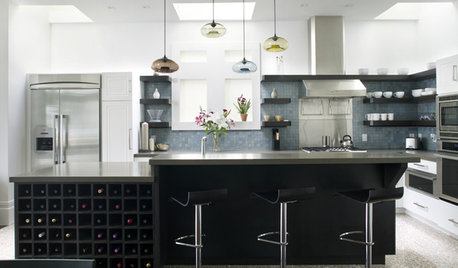

User
willafieldsOriginal Author
Related Professionals
Euclid Kitchen & Bathroom Designers · Georgetown Kitchen & Bathroom Designers · Hershey Kitchen & Bathroom Designers · Ocala Kitchen & Bathroom Designers · San Jacinto Kitchen & Bathroom Designers · Allouez Kitchen & Bathroom Remodelers · Bellevue Kitchen & Bathroom Remodelers · Chester Kitchen & Bathroom Remodelers · Fort Myers Kitchen & Bathroom Remodelers · Tulsa Kitchen & Bathroom Remodelers · Casas Adobes Cabinets & Cabinetry · Crestline Cabinets & Cabinetry · Kaneohe Cabinets & Cabinetry · Prior Lake Cabinets & Cabinetry · Whitney Cabinets & Cabinetrykaseki
willafieldsOriginal Author
kaseki
willafieldsOriginal Author
kaseki
willafieldsOriginal Author
kaseki
willafieldsOriginal Author
kaseki
willafieldsOriginal Author
willafieldsOriginal Author
kaseki
Pacific1
willafieldsOriginal Author
kaseki
Pacific1
willafieldsOriginal Author